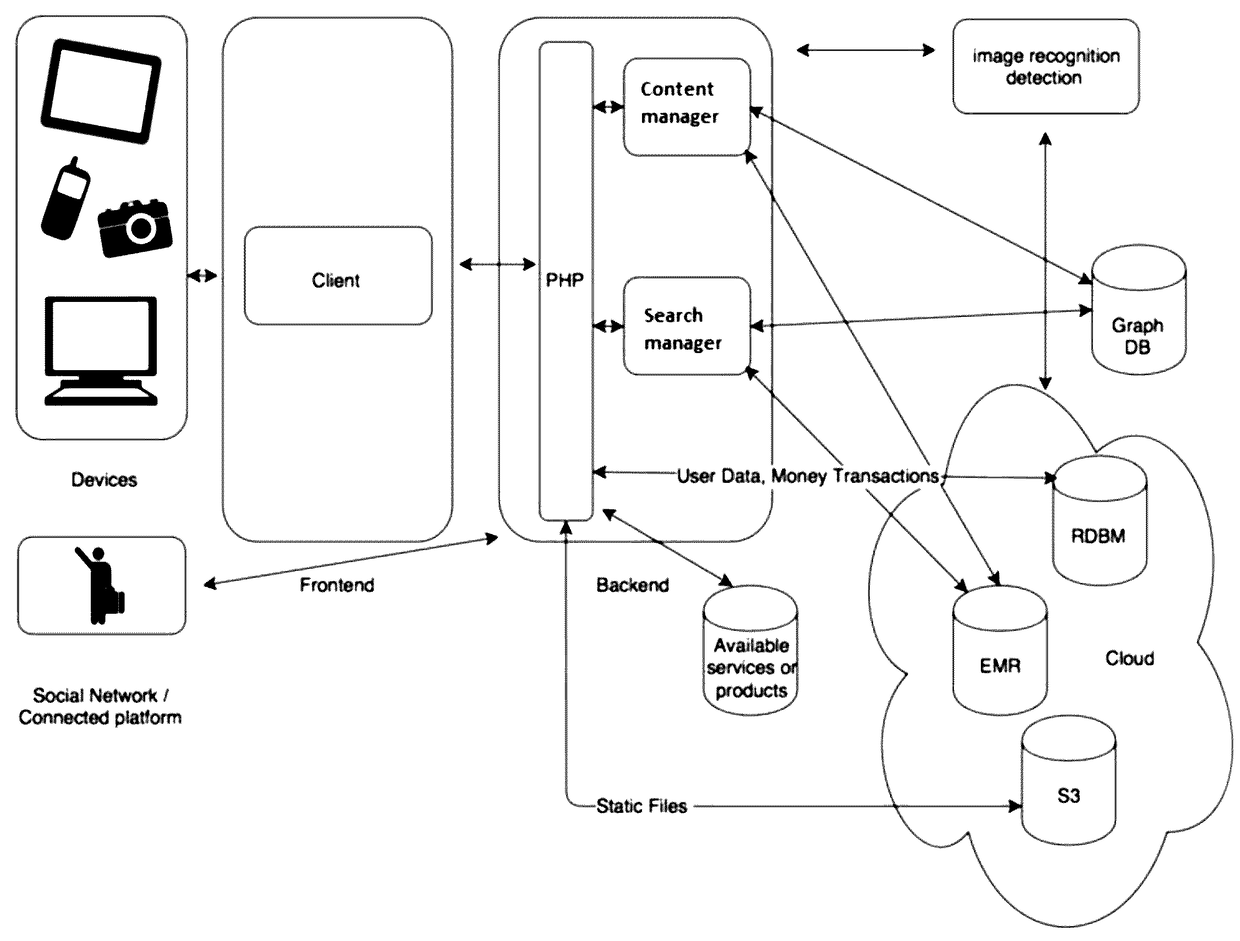According to the state of the art, it is not yet possible to book a service directly starting directly from the experience shared by users with photos or other contents.
The creation of the board, though the content (only photos) could be considered homogeneous concerning travel related content, does not allow the extraction of a travel itinerary and does not allow reservations of this content, neither individually nor even considered all the photos (associated with place or services) as a whole.
Foursquare app focus on exploring and discovering information on locations, in a Yelp-like fashion but does not allow reservations starting from UGC and user generate contents are used to enrich the contents of the venues / POI (points of interest).
Because of the fragmentation of the travel, as anticipated, travelers consult a large number of services when planning a trip and have no way to save this experience in a unique environment unless taking notes and sharing links.
That's why the
geolocation may not be a unique method discriminating or otherwise it cannot be the only way—or not at all—to uniquely identify a place or activity despite starting from the aggregated data.
By automatically
geotagging data with textual plain-language descriptions that go beyond mere coordinates of
latitude and
longitude, data can be searched and managed more efficiently for sure but it's not enough to transform a
digital content into a bookable object since the
geotagging procedure does not include the matching of a determined position to a given activity or service that can be booked online.
Either all this information may
impact negatively on the recommendations procedure or on the itinerary feasibility.
Either all these information may
impact negatively on the recommendations procedure or on the itinerary feasibility.
There's still a lot to do then in order of matching an image to a travel booking process since the method it's just a part of the problem.
In one way or another all travel suppliers provide itineraries but they are not able to collect the entire experience and made it available for other travelers.
On the other hand, social e-commerce platforms like Fancy or Pinterest are aspirational and inspirational but also generic and, at best, only sometimes give the chance to buy travel packages usually redirecting to external websites, but never giving the opportunity for users to build and consequently book their own itinerary starting from what other users share.
Typically social e-commerce don't match user-generated content—e.g., photos—with salable and / or bookable products and / or services.
They allow users to save or add items to their wishlists but not let users build itineraries.
Unfortunately, even if the sets may be considered a sort of shopping
cart and photos are related to a merchant, users can't upload own photos but just pin them from Polyvore or external sites.
Too bad there is no way to make this happen in a click until now.
All of them do not manage to push customers to use the service on a regular basis but only when they need to get a quotation, and do not succeed in creating a potentially daily customer experience where inspiration and entertainment come together as one.
This
scenario causes a dramatic increase in terms of customers acquisition cost, which at the end of the day is not sustainable for any new player, given the relatively low margins at stake, without tremendously high marketing investments.
However these contents cannot be used to plan an itinerary since they typically do not include information about category or travel services, also using a
computer based location identification, since the uploaded photos are matched with locations and not with services.
As a result, user content is spread among different sites with no cohesive way to share content and so much less it can be used for others to plan.
 Login to View More
Login to View More  Login to View More
Login to View More 


